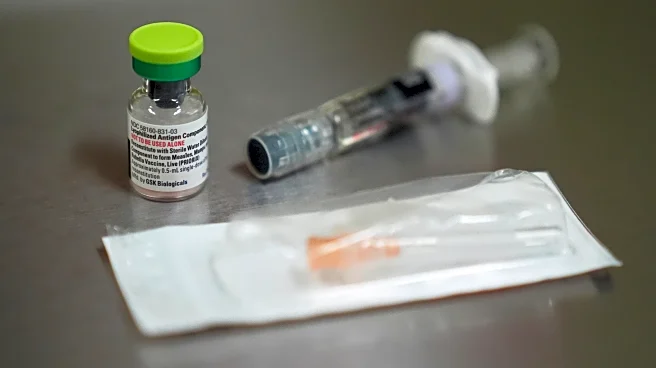What's Happening?
A study conducted in Malawi has revealed the circulation of Salmonella spp. between humans, animals, and the environment in households that own animals. The research involved sampling from 30 households across
two districts, focusing on human, animal, and environmental interactions. Samples were collected at multiple time points to assess the presence and transmission of Salmonella. The study highlights the role of domestic and peri-domestic animals in the spread of this pathogen, emphasizing the need for improved hygiene practices to reduce bacterial sharing.
Why It's Important?
Understanding the transmission dynamics of Salmonella is crucial for public health, especially in regions where animal-human interactions are common. This study provides insights into how bacteria can spread within households, potentially leading to outbreaks. The findings underscore the importance of implementing effective sanitation and hygiene measures to prevent the spread of infectious diseases. This research could inform policy decisions and health interventions aimed at reducing the burden of Salmonella infections.
What's Next?
Further research is needed to explore the genetic diversity of Salmonella strains and their resistance patterns. Public health initiatives should focus on educating communities about the risks associated with animal contact and the importance of hygiene. Collaboration with local governments and health organizations will be essential to develop strategies for controlling Salmonella transmission.
Beyond the Headlines
The study raises questions about the impact of urbanization and changing environmental conditions on pathogen spillover. Antimicrobial resistance remains a significant concern, highlighting the need for ongoing surveillance and research to address this global health threat.













